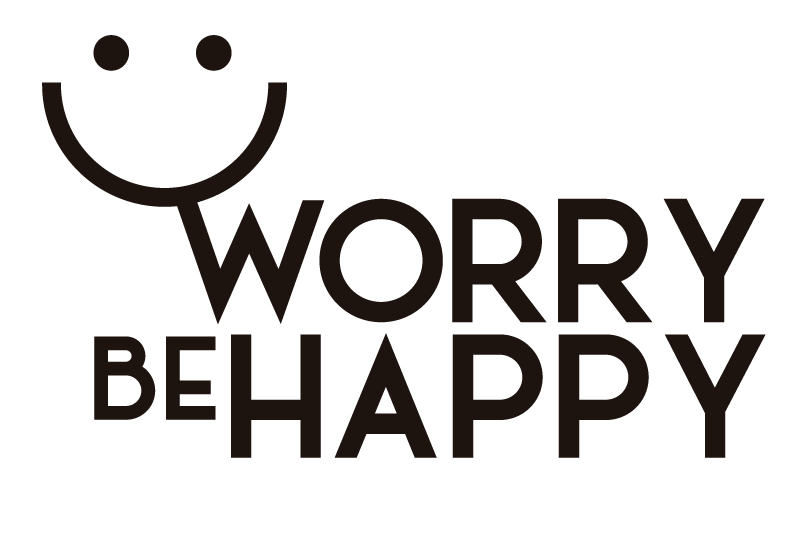I’ve been using Obsidian as my Thinking System since May 2021.
I still use it.
Today, thousands of note-taking apps appear daily. As PKM geeks, we’re tempted to change. We think we’ll become better, faster, managing our PKM.
I’m with you. I’m there too.
Sometimes change is not the correct answer.
Here I give you my 10 reasons to keep trusting Obsidian as my main app inside my Thinking System.
Reason 1: Time
I’ve been 7 months setting up and polishing my Obsidian’s environment.
Hundreds of hours thinking about workflows, trying things, failing, failing again…
Now, I’m feeling more comfortable with my implementation.
Time to change? No way! I need to recover my investment!
And, why not? Also, enjoy it daily.
Life has to be fun! Our systems should help us to achieve happiness.
Reason 2: The Competitors
Be sure I try, at least, 4–5 different apps each week.
Yes, it’s my vice, testing and seeing how other apps do the job.
My conclusion: I don’t see clear advantages in Obsidian’s contenders.
One must be 100% sure to change an app so deeply integrated into your daily life.
Reason 3: Development Model
I think Obsidian’s development approach is brilliant.
Having a core improved by “third parties” using plugins is great.
Obsidian’s “owners” can focus on the core.
Users receive a massive ton of updates thanks to amazing third programmers who develop plugins daily (btw, for free!).
My Obsidian app is constantly improving day by day.
Reason 4: Overcoming GUI
I’m so sorry to say Obsidian’s GUI is horrendous for me.
I’m an Apple guy, a person who loves beautiful GUIs.
Digging deep in the hole, I’ve finally found out a theme that meets my standards.
Thank you, Colin Eckert, for your amazing “Things Theme”. You literally changed my life!
Reason 5: Plain Text Files
A classic one today. Yes, I know it’s kind of cliché.
But it’s true.
I’ve recently lived a migration from Evernote to Craft.
Thousands of notes after 10 years of loyalty to the green elephant.
It’s not been easy.
Being able to have my files stored locally and in plain text gives me peace of mind.
It’s almost impossible not to find a new app that cannot import my data if I consider a migration from Obsidian to any other “future app”.
I sleep better because of that.
Reason 6: Pure Markdown
Yes! It’s pure markdown!
I’ve been using this standard for many years because:
- I can create structure in my text without leaving my keyboard.
- I can copy and paste text among different apps maintaining that structure.
Reason 7: WYSIWYG
Little by little, it’s becoming easier to write on the app.
Recently, a new feature called “Live Preview” allows “What You See Is What You Get”.
You start seeing things on screen as you want. The end result since the beginning.
No edit/preview mode shifting.
Good stuff for no-coders (like me… and maybe you…).
Reason 8: No VCs
At the moment, no VC has appeared.
That helps a lot to develop at the right pace to consolidate things.
There are no hurries for “the next round”.
Owners of the app can focus on the long term, talking about software features (and their own lives).
Having solid foundations is essential to growing exponentially.
Reason 9: Community
You have a huge community out there.
Thanks to it, you can engage with people, exchange opinions, find solutions to your problems, help others.
You’re not alone.
You have a huge team of people who want the app to improve and last forever.
Reason 10: Flexibility
Flexibility is an obstacle at the beginning.
I perfectly remember my first impression when I opened Obsidian for the first time. It’s not remembering, just reading. I wrote it down because I journal.
When you overcome that initial obstacle, flexibility moves from an obstacle to a life-changing feature: customization.
Now, you can achieve “the system of your dreams”. The one that perfectly fits your needs.
Takeaways
- As PKM geeks, we love new apps.
- New apps equal novelty, new designs, maybe breaking out of our consolidated routines.
- Focus on doing.
- Avoid opportunity costs by engaging the tool you’ve already carefully chosen.
- Be loyal to the apps that made you a better self.
Photo by Fakurian Design on Unsplash.

